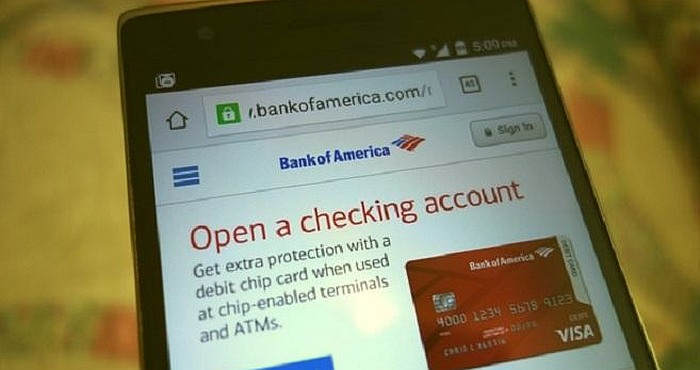In order to keep you from complaining every now and then, the new strain of Android Malware have been made to block calls to the bank. This is how stylish specific strains of malware have become.
First revealed in 2013, the Android.Fakebank.B substituted the UI of definite banking apps on an Android gadget, with a skillfully made counterfeit. Then, by the time the credit card holder discovers the scam and begins to call the bank to cancel the cards taken over by the malware, the call was not succeed and won’t go through.
The Android Malware is capable of matching outgoing calls with customer service numbers of the banks being aimed. Only Russian and South Korean banks have been affected by the hack so far. Your best bet is to try another alternative, if you discover any suspicious and mysterious charges on your bank account, and you are not capable of calling the bank to tell them about this problem. You can make a personal visit to the financial institution, send an email to them or even call them by using a landline.
It was Symantec security software developer that developed this malware, and they reported that mobile device owners are required to do the following to reduce the likelihood of having their device infected:
- Always update your software
- Abstain from getting apps downloaded from unknown or strange sites and install apps from trusted sources only
- Back-up important data frequently
- Pay special attention to the authorizations demanded by apps
- Install an appropriate mobile security app, like Norton, to shield your data and device
These are some of the excellent recommendations from a company that understands quite well how to keep superfluous visitors away from high jacking your mobile device. Moreover, it is a good idea to offer the hackers a small target by keeping your gadgets as secure as possible with more and more consumers making use of their tablets and Smartphones to install banking apps, in order for them to make deposits and have control over their accounts on the go.

